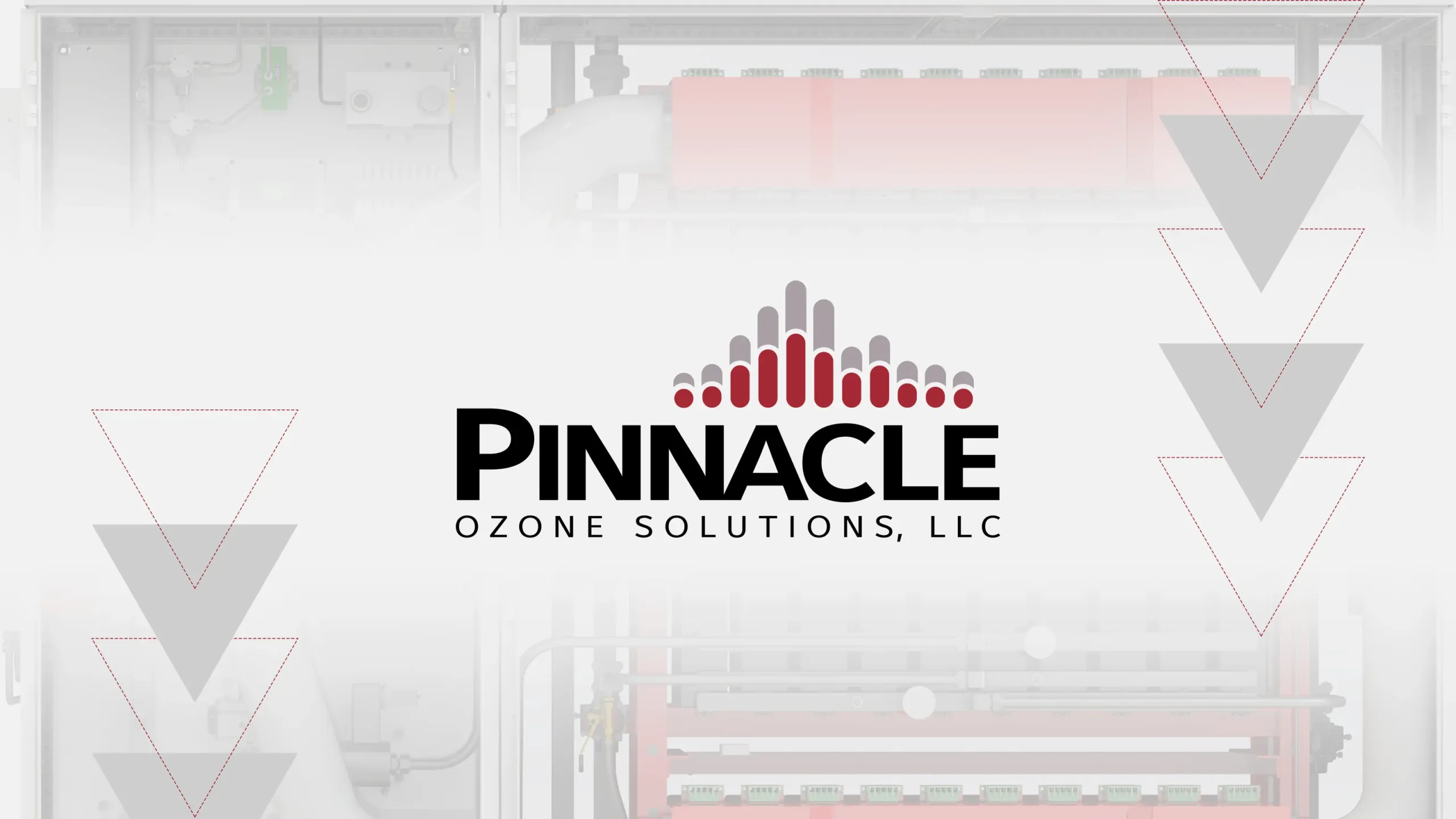As reported by The Wall Street Journal and Texas Tribune, Corpus Christi, Texas, a booming hub for LNG export and petrochemical processing, is facing a mounting water crisis. While the region fuels the nation’s energy economy, its freshwater supply is under extreme stress.
Corpus Christi isn’t alone. Across Texas and the U.S., energy-intensive industries are expanding faster than the water systems that support them. The result is a growing push toward industrial water reuse, where treated effluent or process water is recycled for:
- Cooling towers
- Boiler feed
- Process rinsing
- Dust control
- Even closed-loop reuse systems
To make this work, one treatment step has become indispensable: oxidation. And in many cases, ozone is the most effective, efficient, and scalable oxidation technology available.
At Pinnacle Ozone Solutions, we specialize in high-performance, energy-aligned ozone systems engineered to enable safe, reliable industrial reuse, even in challenging waters.
Why Reuse Is Non-Negotiable for Energy Infrastructure
Energy facilities, particularly power plants, LNG export terminals, refineries, and chemical manufacturers, consume millions of gallons of water per day. This water is used for:
- Heat rejection (cooling towers)
- Steam generation
- Washdown and process support
But in arid or overdrawn regions, access to new water sources is constrained. Reuse becomes the only viable path. However, reuse systems must treat for:
- Sulfides and odors
- Ammonia and nitrogen
- Biological growth (biofilm, Legionella)
- Organics that drive scaling, corrosion, or fouling
These are all oxidation-dependent targets and this is where ozone excels.
Ozone in Industrial Water Reuse: What It Treats and How
-
-
Hydrogen Sulfide (H2S) Oxidation
- Produced waters, cooling blowdown, and anaerobic waste streams often contain dissolved sulfide. Ozone rapidly oxidizes H2S:
- H2S + O3 → S0 (elemental sulfur) + O2 + H2O
- Or to sulfate in excess: H2S + 4O3 → H2SO4 + 4O2
This prevents:
- Odor
- Corrosion (especially in metal piping and exchangers)
- Scaling due to sulfur precipitation in recirculation
Ozone’s oxidation rate for H2S is orders of magnitude faster than chlorine or air stripping.
-
-
-
Ammonia and Organic Nitrogen Removal
- Ammonia is a common constituent in cooling water return, boiler blowdown, and waste condensate. Ozone oxidizes ammonia through several pathways, depending on pH and dose:
- NH3 + O3 → N2, NO3–, or NO2–
This prevents:
- Odor
- Corrosion (especially in metal piping and exchangers)
- Scaling due to sulfur precipitation in recirculation
This is especially valuable before biological polishing or nitrification, as ozone reduces the ammonia load and prevents breakthrough in reuse cycles.
-
-
-
Biofilm, Legionella, and Biological Control
- Ozone is highly effective at killing:
- Pseudomonas spp.
- Sulfate-reducing bacteria (SRB)
- Legionella pneumophila
Unlike chlorine, ozone leaves no residual by-products, and it doesn’t form halogenated organics that can damage exchangers or foul membranes.
In cooling towers, ozone can reduce or replace biocide dosing while improving control.
-
-
-
Color, TOC, and Recalcitrant Organics
- Industrial reuse often suffers from color and fouling caused by:
- Dissolved humics
- Heat-degraded organics
- Process-specific wastewater (e.g., petrochemical, polymer washdown)
Ozone breaks these compounds into smaller, more biodegradable fragments or fully mineralizes them to CO2 and water, improving:
- Filtration performance
- Resin/membrane lifespan
- Aesthetic quality of reused water
-
Pinnacle’s Engineering Approach for Industrial Reuse
We don’t sell ozone boxes, we design oxidation systems that meet real-world industrial specs:
| Design Parameter | Pinnacle Engineering Strategy |
| High TDS / salinity | Corrosion-resistant materials (316L SS, PTFE, Kynar) |
| Flow variability | Modular QuadBlock® generators with real-time control |
| Startup/restart cycles | Fast ramp-up systems with SCADA integration |
| Mass transfer demands | Pressurized reactors with ≥95% ozone utilization |
| Space constraints | Skid-mounted, vertically stackable ozone modules |
We also support pilot testing, load profiling, and residual monitoring to ensure full integration into plant O&M.
Real-World Application: Cooling Water Reuse at a Coastal Power Facility
A 500 MW natural gas power plant installed ozone for cooling tower reuse using tertiary-treated municipal water. Outcomes:
- Sulfide levels reduced from >10 ppm to <0.5 ppm
- Biofilm formation dropped by over 60%
- Reduction in biocide use by 70%
- Improved blowdown water quality = better makeup recovery
System ROI: <2 years
Installed ozone capacity: 25 lb/day, modular with remote monitoring
Conclusion
Industrial growth, especially in energy, is outpacing traditional water infrastructure. In places like Corpus Christi, reuse is not optional; it’s the only sustainable path forward.
And in these systems, oxidation is the heart of treatment. Whether it’s sulfide control, ammonia management, or biofilm suppression, ozone is the most effective, scalable, and chemical-free option available.
At Pinnacle Ozone Solutions, we design oxidation systems built for industrial performance—from high-TDS feedwaters to high-reliability reuse.
When industry thirsts, ozone delivers.
Technical References
- Rice, R.G. & Browning, M.E. (1981). Ozone for Industrial Wastewater Treatment
- Langlais, Reckhow, & Brink (1991). Ozone in Water Treatment: Engineering and Application
- USEPA (2022). Industrial Water Reuse Guidance
- WHO (2017). Legionella Control in Cooling Towers
- Pinnacle Field Report Series (2021–2024)









